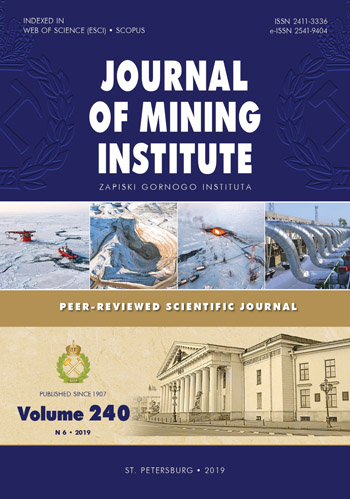Structural changes and innovation economic development of the Arctic regions of Russia
- Institute of Economic Problems G.P.Luzin, Kola Scientific Center of the Russian Academy of Sciences ▪ Orcid
Abstract
This article is devoted to problem of assessing relationship of innovative economic development and structural changes in industry of the Arctic regions. Performed analysis showed that change in the structure of industrial production in the Arctic regions from 2010 to 2016 was characterized by significant interregional differences in speed and intensity of transformation processes. It is shown that one of the key factors that caused structural changes in industry of the Arctic regions of Russia in 2010-2016 was increase in economic role of innovations and change in the pace of innovative processes development. In particular, the results of correlation analysis showed the presence of stable positive links between «science intensity» of economy and transformation of regional industry structure. The presence of a strong positive connection between impact of innovative development factors – an increase in growth rate of innovative goods – and structural changes in industrial production was set. Another factor contributing to structural changes in industry was investment in modernization of production. It is proved that in order to ensure further sustainable economic growth in regions of the Arctic, a necessary condition should be a substantial increase of «science intensity» in economy, including industries related to mining operations.
